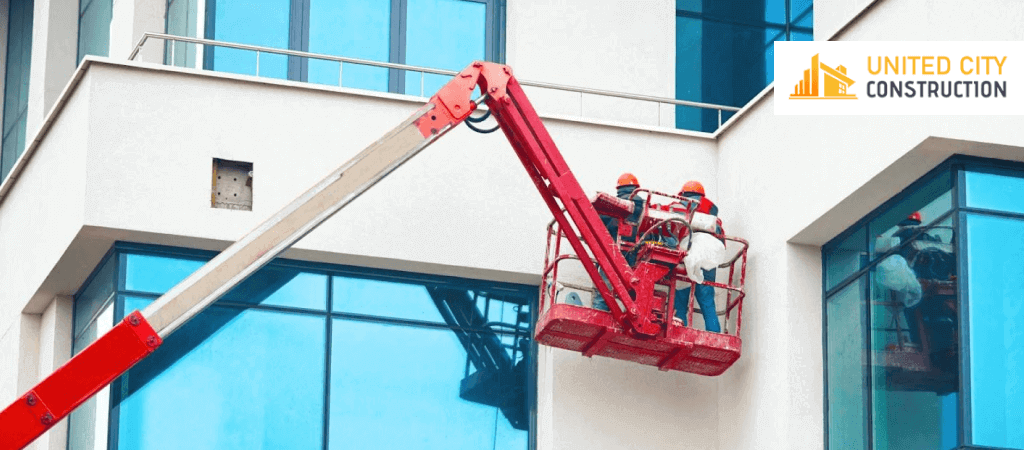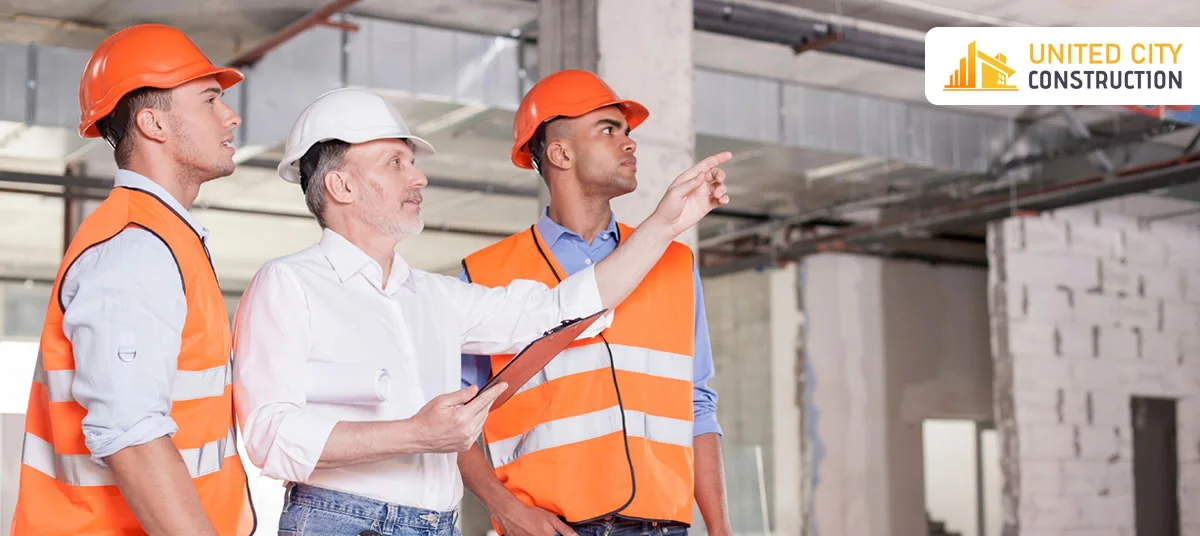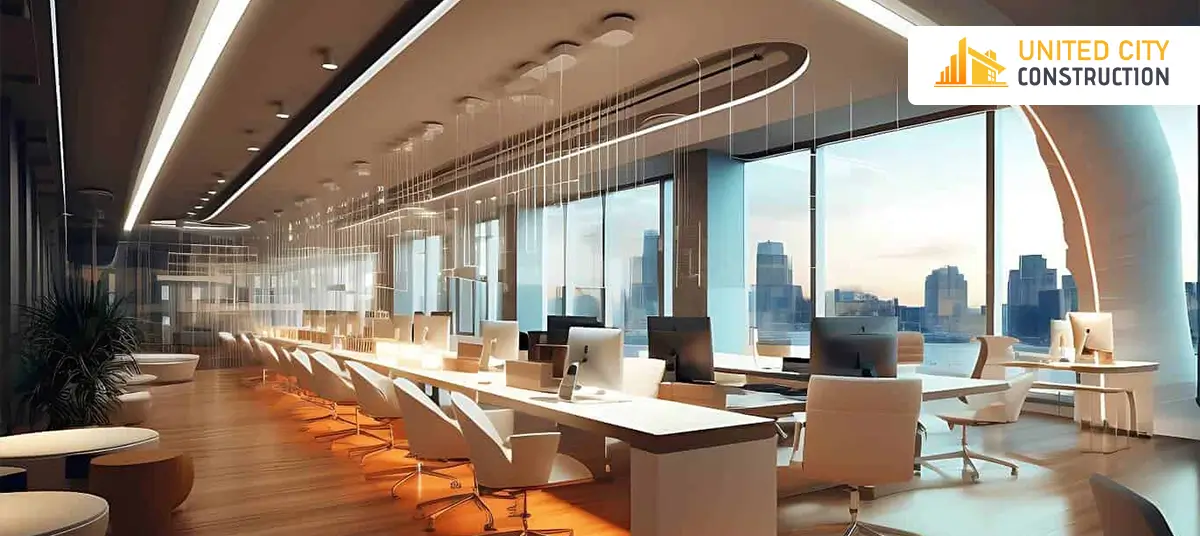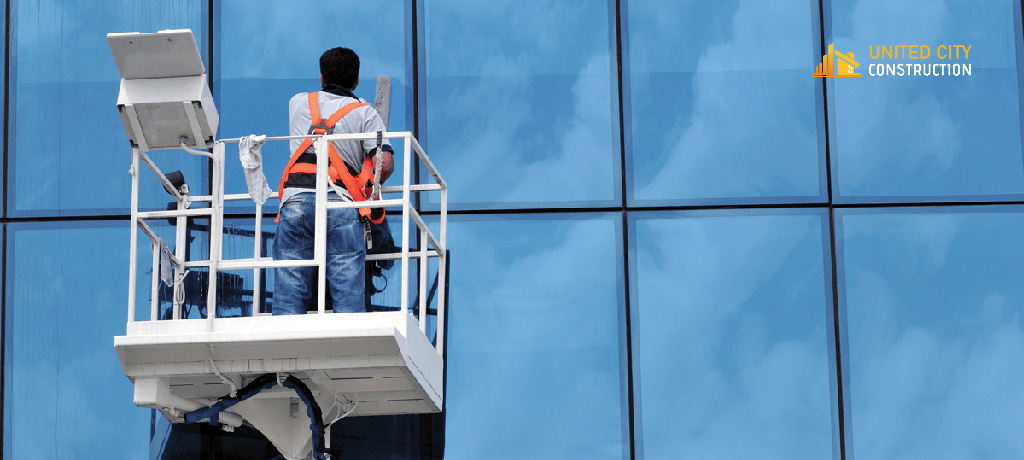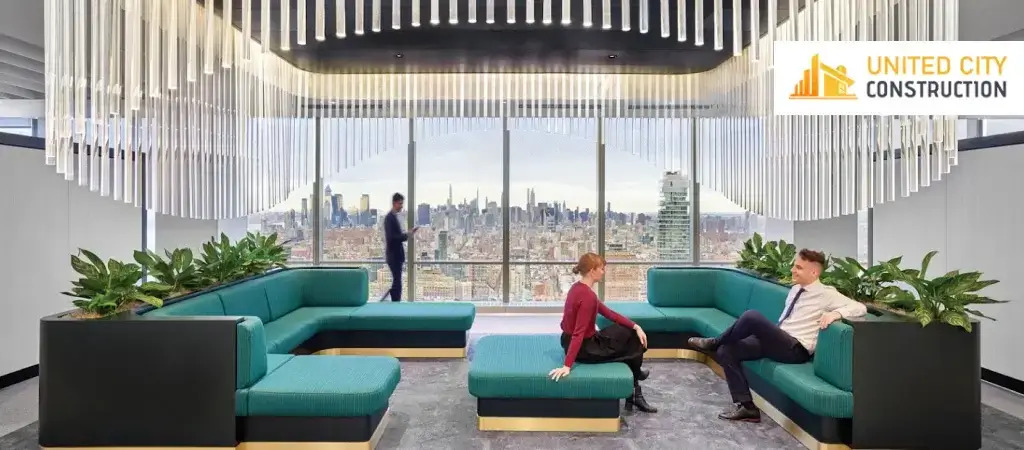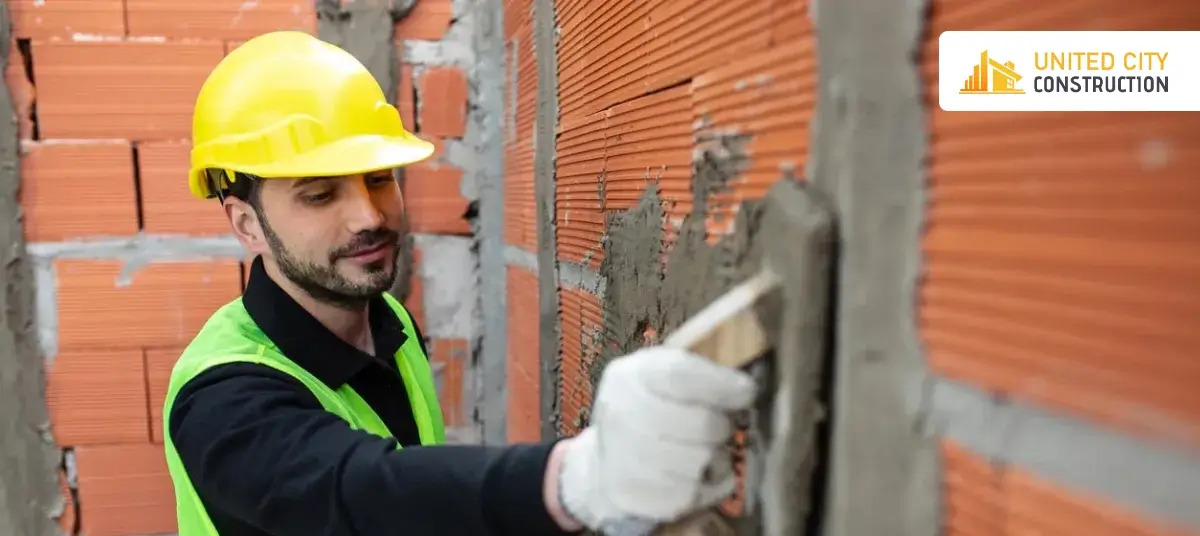Sustainable Strategies for Commercial Building Restoration
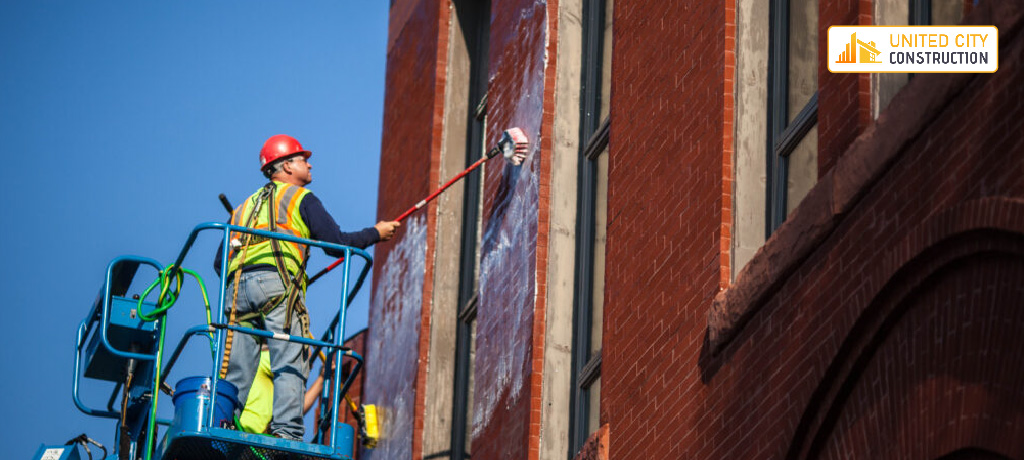
Restoration of commercial buildings is one of the many sustainable methods the construction industry adopts as the world's attention turns to sustainability. Implementing sustainable solutions can help the environment and increase the overall effectiveness and cost-effectiveness of building restoration projects in areas with significant demand for commercial space. This blog explores sustainable strategies for commercial building restoration, focusing on how commercial construction companies in Queens can integrate these practices into their projects. From energy-efficient solutions to green roofing and landscaping, these strategies can help reduce environmental impact while enhancing the long-term value and performance of commercial buildings.
Understanding Sustainable Building Restoration
Sustainable building restoration involves using environmentally friendly practices and materials to restore and improve the performance of commercial buildings. This approach focuses on reducing the restoration process's environmental impact and ensuring the restored building is energy-efficient, water-efficient, and environmentally friendly. Key principles of sustainable building restoration include.
- Implementing energy-efficient solutions such as high-performance insulation, windows, and efficient HVAC systems can reduce energy consumption and lower operating costs.
- Installing water-saving fixtures and using water-efficient landscaping can reduce water usage and minimize the building's impact on local water resources.
- Choosing sustainable and recycled materials for building restoration can reduce the project's environmental impact and promote resource conservation.
- Improving indoor air quality through low-VOC paints and finishes and proper ventilation systems can enhance occupant comfort and health.
- Minimizing waste through material reuse and recycling can reduce landfill waste and lower the restoration project's overall environmental impact.
Sustainable Strategies for Commercial Building Restoration
Energy-Efficient Solutions
- Install energy-efficient HVAC systems to reduce heating and cooling costs.
- Use energy-efficient lighting fixtures and controls to minimize electricity usage.
- Renewable energy sources such as solar panels should be considered to reduce energy consumption further.
Water Conservation Measures
- Install water-saving fixtures in restrooms and kitchens to reduce water usage.
- Implement rainwater harvesting systems to collect and reuse rainwater for irrigation and other non-potable uses.
- Consider using gray water systems to recycle water from sinks and showers for toilet flushing or irrigation.
Material Selection
- Choose sustainable and recycled materials for building restoration, such as reclaimed wood or recycled glass countertops.
- Use low-impact materials with low volatile organic compound (VOC) emissions to improve indoor air quality.
Indoor Environmental Quality
- Use non-toxic paints and finishes to improve indoor air quality and reduce health risks for occupants.
- Install proper ventilation systems to enhance indoor air circulation and comfort.
Green Roofing and Landscaping
- Install green roofs to reduce the heat island effect, improve insulation, and promote biodiversity.
- Use native plants for landscaping to reduce water usage and maintenance requirements.
Waste Management
- Minimize construction waste by recycling materials and reusing salvaged items whenever possible.
- Implement a construction waste management plan to ensure proper waste disposal and promote recycling.
Sustainable Design Practices
- Use passive design strategies such as natural daylighting and cross-ventilation to reduce the need for artificial lighting and mechanical ventilation.
- Consider the building's orientation and site placement to maximize natural light and minimize heat gain.
Life Cycle Assessment
- Conduct a life cycle assessment (LCA) to evaluate the environmental impact of materials and design choices throughout the building's life cycle.
- Use the results of the LCA to guide decision-making and prioritize sustainable practices.
Collaboration with Building Restoration Contractors
Effective collaboration with building restoration contractors is essential for successfully implementing sustainable strategies in commercial building restoration projects. Building restoration contractors are crucial in executing sustainable practices and ensuring the project meets sustainability goals. Here are some key aspects of collaboration with building restoration contractors.
Selection of Experienced Contractors
Choose building restoration contractors with experience implementing sustainable practices. Look for contractors with green building certifications such as LEED and a track record of successful sustainable projects.
Early Engagement
Involve building restoration contractors in the project planning phase to discuss sustainability goals and strategies. Collaborate on developing a sustainable building plan that outlines specific sustainability targets and how they will be achieved.
Clear Communication
Communicate openly and clearly with building restoration contractors throughout the project. Discuss sustainability requirements, timelines, and expectations to ensure everyone is on the same page.
Training and Education
Provide training and education to building restoration contractors on sustainable practices and meeting sustainability goals. Ensure that contractors are aware of the specific sustainability requirements of the project.
Quality Assurance
Implement quality assurance measures to ensure building restoration contractors implement sustainable practices properly. Conduct regular inspections and audits to verify compliance with sustainability standards.
Documentation and Reporting
Keep detailed records of sustainable practices implemented by building restoration contractors. This documentation is essential for achieving green building certifications and demonstrating compliance with sustainability goals.
Feedback and Improvement
Encourage feedback from building restoration contractors on improving sustainability practices. Use this feedback to improve sustainability performance continuously in future projects.
Conclusion
In conclusion, sustainable strategies are integral to the success of commercial building restoration projects in Queens. By implementing energy-efficient solutions, water conservation measures, sustainable material selection, and other green practices, commercial construction companies can reduce environmental impact and enhance the overall sustainability of their projects. Collaboration with experienced building restoration contractors is critical to effectively implementing these sustainable strategies.
Contact United City Construction today to learn more about our sustainable building practices and how our general contractors can help you achieve your sustainability goals. Our experienced team of general contractors is committed to delivering high-quality, environmentally friendly solutions for your project.




